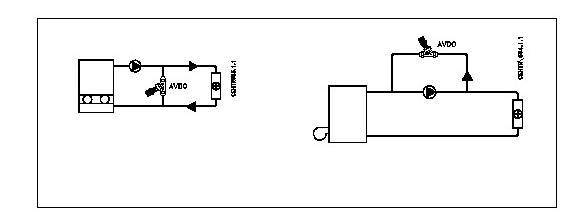I'm adding some extra radiators with TRVs to my central heating. Its a pumped vented two-pipe system. I'll end up with 12 rads, all except one having TRVs.
The instructions with the Drayton TRV say "A differential bypass valve must be fitted to ensure that the pump pressure does not exceed 0.2 bar under all operating conditions".
Do I really need a DBV? Would just leaving a couple of TRVs open do the job?
How can I tell if there's an excess pressure problem?
For all i know there might already be a DBV on the system. Where should I look for it?
In the past I've noticed a loud knocking from the TRVs as they attempt to close. Is this due to excess pressure or just unbalanced radiators?
Many thanks for some advice.
The instructions with the Drayton TRV say "A differential bypass valve must be fitted to ensure that the pump pressure does not exceed 0.2 bar under all operating conditions".
Do I really need a DBV? Would just leaving a couple of TRVs open do the job?
How can I tell if there's an excess pressure problem?
For all i know there might already be a DBV on the system. Where should I look for it?
In the past I've noticed a loud knocking from the TRVs as they attempt to close. Is this due to excess pressure or just unbalanced radiators?
Many thanks for some advice.


